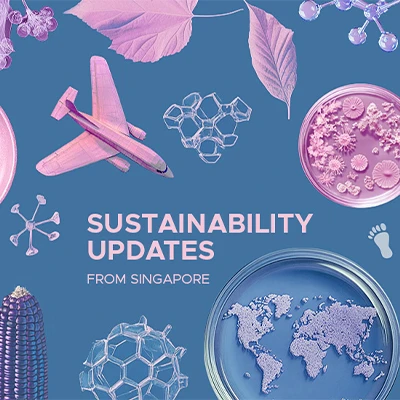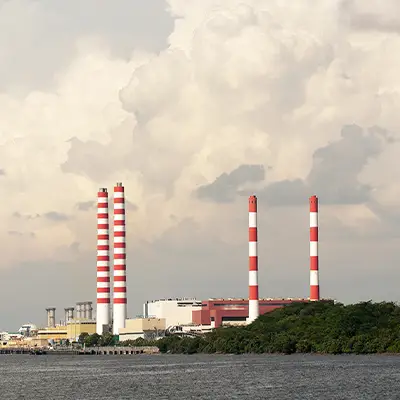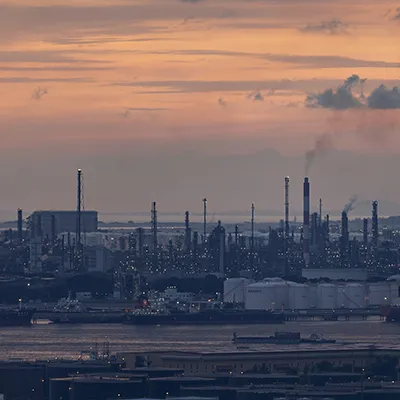The Energy Market Authority (EMA) is proposing that a regulatory sandbox be set up to explore whether virtual power plants would be able to supply electricity to the grid, as conventional power plants do.
It is also working with SP Group on developing a virtual power plant that could take part in the regulatory sandbox.
A virtual power plant is essentially a digital platform that bundles many small-scale energy systems spread across locations to operate as a single power generator.
Known as distributed energy resources, these small energy assets – such as solar panels, battery-energy storage systems or electric vehicle (EV) chargers in residential homes – are typically not commercially viable to provide services to the grid on their own.
By aggregating these individual energy resources, virtual power plants could unlock their potential to play a greater and broader range of roles in supporting Singapore’s energy transition, said EMA in a statement on Monday (21 Oct). The power sector has set a target of net-zero emissions by 2050.
The virtual power plant being developed by EMA and SP Group will have a generation capacity of 15 megawatts (MW) that is produced by solar photovoltaic sources and battery-energy storage systems in the initial phase.
It will also participate in the electricity market to evaluate its benefits to the power system.
Businesses that are interested are invited to submit their proposals by the end of this year.








